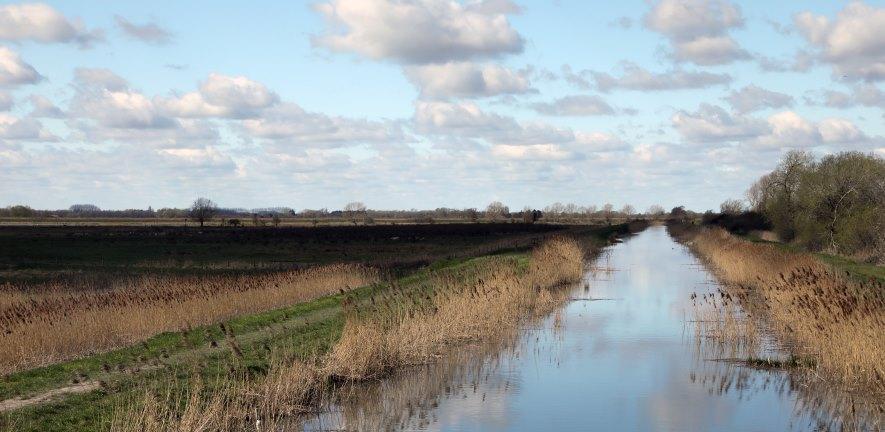
Submitted by A.B. Youngman on Fri, 05/05/2023 - 16:23
The Fens in Cambridgeshire, UK is home to half of all Grade 1 farmland in England. Its farming industry generates £3 billion and employs tens of thousands of people, producing a significant portion of England's vegetable and salad crops. This fertility is thanks to its peat-rich soil; a quarter of all lowland peat in England and Wales is found there. Yet the Fens face significant environmental challenges.
“The Fens are a UK hotspot for carbon emissions from the land. I think people understand that if we're burning fossil fuels, we're emitting carbon dioxide into the atmosphere, and that's a greenhouse gas that warms the planet. But what isn't so well-known is how land use affects emissions.”
Thomas Marquand, PhD candidate, Department of Earth Sciences, University of Cambridge.
Only 1% of the Fens' original wetlands remain intact and it has lost 30% of its peatlands, emitting millions of tonnes of carbon in the process. The region is projected to run out of water in 5 to 10 years, whilst simultaneously being threatened by rising sea levels. With agriculture in the region being of such vital importance to both the local community and the UK as a whole, simply rewilding the Fens to preserve and restore its ecosystem is not an option.
Researchers at the University of Cambridge’s Centre for Landscape Regeneration are working to safeguard the Fens and find the best ways of protecting its ecosystem and its farmers by developing an integrated framework to reconcile food production, reduce carbon emissions, secure water resources, manage flood risk, enrich biodiversity and improve resilience.
The information above is based on Jacqueline Garget’s article for the University of Cambridge website, Fixing the Fens.
The East Anglian Fens: Crop Productivity and Climate Vulnerability was the subject of a presentation by Thomas Marquand for our Coffee Break Series. You can find his slides here.

